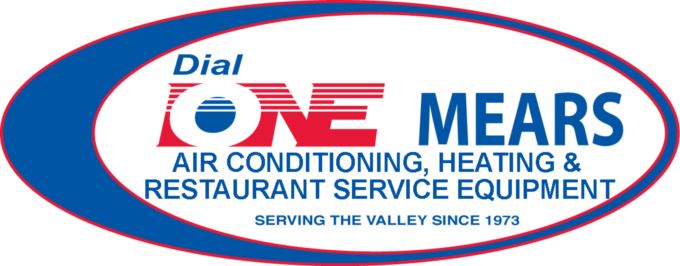
A furnace is often a background player in your home, helping keep you warm in the cold winter months. It frequently doesn’t get noticed until a malfunction appears.
One root cause could be that your furnace has a cracked heat exchanger. It can be a safety risk, so it’s critical to know the evidence of a cracked heat exchanger and what to do if you are worried that might be the problem.
What Is a Heat Exchanger in a Furnace?
A heat exchanger transfers heat from the combustion chamber in your furnace to the air that moves inside the ventilation. It typically accomplishes this via coils or tubes that heat up the air while acting as a barrier to keep byproducts formed in the combustion chamber, called flue gasses, from escaping out into your home.
Is a Cracked Heat Exchanger Dangerous?
Given its key role, it shouldn't come as a surprise that a broken heat exchanger can pose a risk. Cracks in the heat exchanger can permit dangerous gasses – like carbon monoxide, which can be lethal – to be distributed throughout your home.
For this reason, do NOT run your heater if you think it has a cracked heat exchanger, as letting it run could make your entire family ill. Contact an HVAC professional right away if you are worried your heater has a cracked heat exchanger that needs to be repaired.
Four Warning Signs of a Cracked Heat Exchanger:
- Furnace turns off: A crack in your heat exchanger could cause your furnace to turn off.
- Unusual Smells: If the air escaping your furnace has an intense chemical odor, it might be evidence gasses are slipping through cracks in your heat exchanger. These byproducts, which may smell like formaldehyde, are a major warning sign.
- Carbon monoxide alarm goes off or you recognize health problems: If a cracked heat exchanger is relieving carbon monoxide inside your home, your carbon monoxide alarm should go off or household members may struggle with signs of carbon monoxide poisoning. Side effects include headaches, dizziness, weakness, nausea, vomiting or feeling sleepy. If an alarm goes off or you feel unwell, get out of the home right away and then call for help.
- Soot: If you see black sooty buildup around the exterior of your furnace, it’s another sign something could be seriously wrong.
What You Can Do if Your Furnace Heat Exchanger is Cracked
If you suspect your furnace has a cracked heat exchanger, contact a pro with extensive experience in furnace installation Phoenix as soon as possible so they can examine your system and, if necessary, perform a furnace heat exchanger replacement. Costs should vary depending on the situation, but estimates can roughly suggest $1,000 to $3,000.
Fortunately, the good news is that heat exchangers are regularly protected by the warranty. It's a good idea to confirm the warranty paperwork on your furnace, as while the warranty won't always cover the entire cost of repairs, it could significantly lower your bill.
How to Avoid a Cracked Heat Exchanger in Your Home
One of the easiest ways to minimize the risk of problems in your furnace overall is via consistent furnace maintenance. Furnaces offer the most benefits when they work efficiently. Calling a certified professional to examine your furnace for worn-out parts, dirty filters and other common problems can keep you from getting a big bill later on.
It’s also a good idea to take a look at your furnace filters every few months – it’s recommended some filters be changed every 90 days or sooner if they are dirty or grimy. While the filters are not part of the heat exchanger itself, the strain of pulling air through a clogged filter makes your entire furnace work more vigorously to do its job. And the harder your furnace works, the more wear and tear pieces like the heat exchanger will endure.
